Silo Design Of Washing Silica Sand Line
In the washing silica sand line, the silo is a very important part, which plays the role of transfer, buffer, and adjustment. In the production process, it is necessary to ensure continuous, uniform, and smooth feeding, and the maximum volume is required to prevent the accumulation of dead materials, which requires the design of the silo to be reasonable. This article shares the key points of silo design.
Silo Classification
The silos on the crushed stone production line mainly include raw material silos, adjustment silos, and product silos.
1. Raw Material Silo
The raw material silo is generally square cone-shaped, enclosed on all sides, and welded by steel plates. It is generally used before the vibrating feeder. The size of the raw material silo is designed according to the processing capacity of the primary crusher and the viscosity and humidity of the material. Generally located on the ground.
2. Adjust the silo
The adjustment silo is generally made of the steel frame structure or reinforced concrete. It is located after the primary crusher and before the secondary or tertiary crusher. It plays a role of transfer adjustment, which can achieve the purpose of a uniform and stable feeding, and can also improve The production efficiency of the crushing production line increases the service life of the crushing production line.
3. Product silo
The style of the product warehouse is mostly rectangular workshops, which are divided into different product rooms by partition walls to achieve the purpose of grading products.
Silo Design
1. Material silo design
The feeding module should select the platform feeding or the ground bin feeding according to the site conditions and the ratio of raw materials. The material platform feed uses the height difference to provide gravitational potential energy to the raw materials, which facilitates the entry of large stones and the advanced separation of natural sand. However, it is necessary to use the terrain to form a high platform to facilitate the entry of raw materials. The silo feeds through the construction site The pit is used to transport the raw materials poured into the pit to the production workshop by a conveyor belt. Compared with the material platform, this form has a smaller investment and is convenient for construction, but it cannot handle large stones. If there are too large stones or too sharp stones, it may cause damage to the raw material transportation belt, which will affect the production schedule of the entire factory.
2. Adjust the design of silo (transit silo)
For production lines with large changes in the composition of raw materials such as river pebbles, it is necessary to set up a transfer silo before the medium crushing stage. The size of the silo should generally be able to stack aggregates for the crushing equipment to operate for 2 to 3 hours. Due to the large changes in the composition ratio of river pebble materials, a transfer buffer silo is set up in the process to buffer the sudden increase in load or sudden idling of the crushing equipment caused by excessive sand or excessive pebbles in a certain batch of raw materials, ensuring smooth operation of the equipment Contribute.
3. Product silo design
The product warehouses are mostly rectangular workshops, which are divided into different product rooms by partition walls. High concrete retaining walls are recommended for the partition walls. The products are sent to the corresponding product rooms by belt conveyors and can be stacked directly against the wall, greatly increasing the finished product warehouse. The storage capacity makes full use of the space under the condition of relatively saving investment; at the same time, the hardening space of the product warehouse for loading should be enlarged as much as possible to facilitate the loading operation, while leaving enough buffer area for the stacking area.
In production, the silo design should maximize the use of space location under the premise of satisfying the continuity of crushing production, and use new methods such as double control of the angle between the inclined plane and the horizontal plane and the angle between the edge and the horizontal plane to eliminate the silo The dead material piled up.




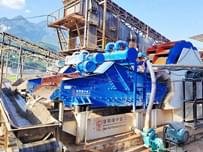
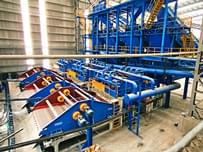
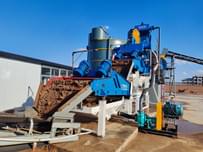
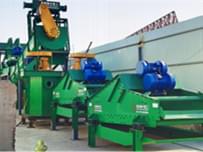
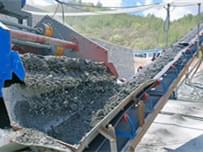
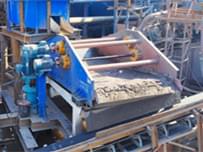
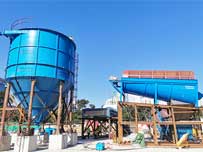
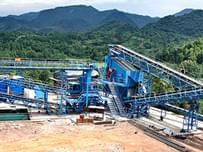




Send Message
Please write down your requirement and contact details in the following form. You can also send a message to us by this email export@lylzzg.com, we will reply to you within 24 hours.